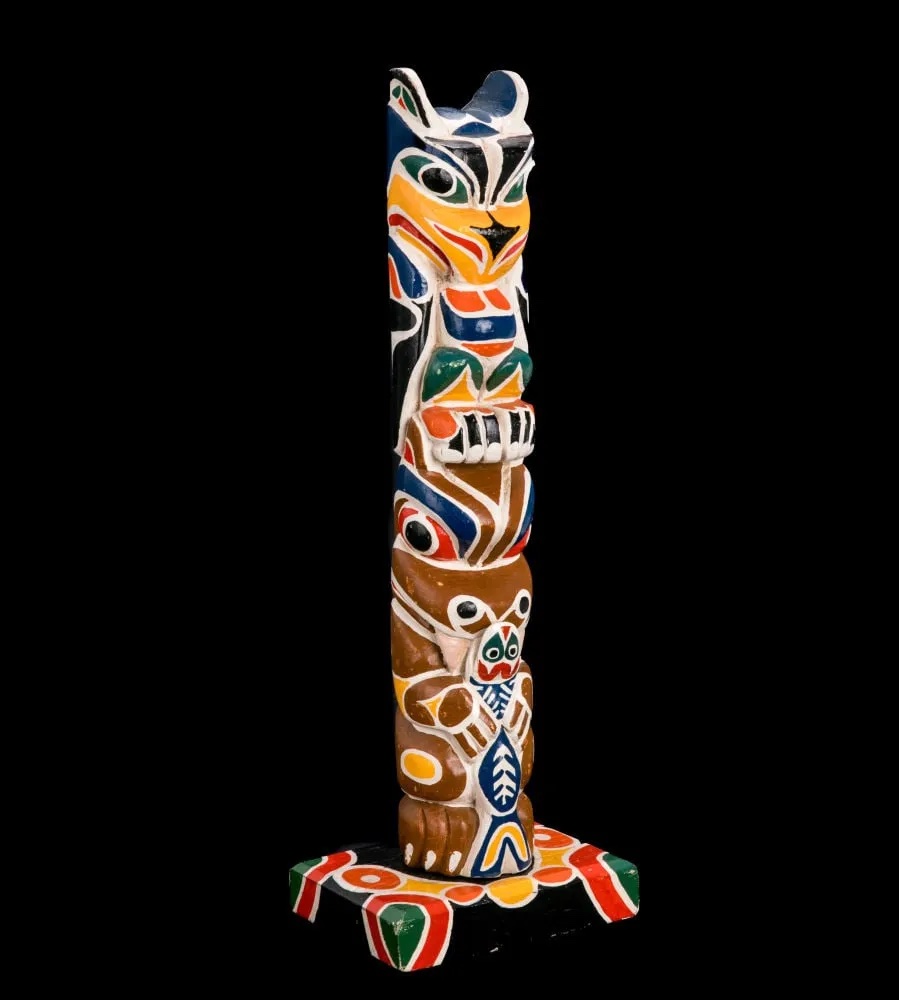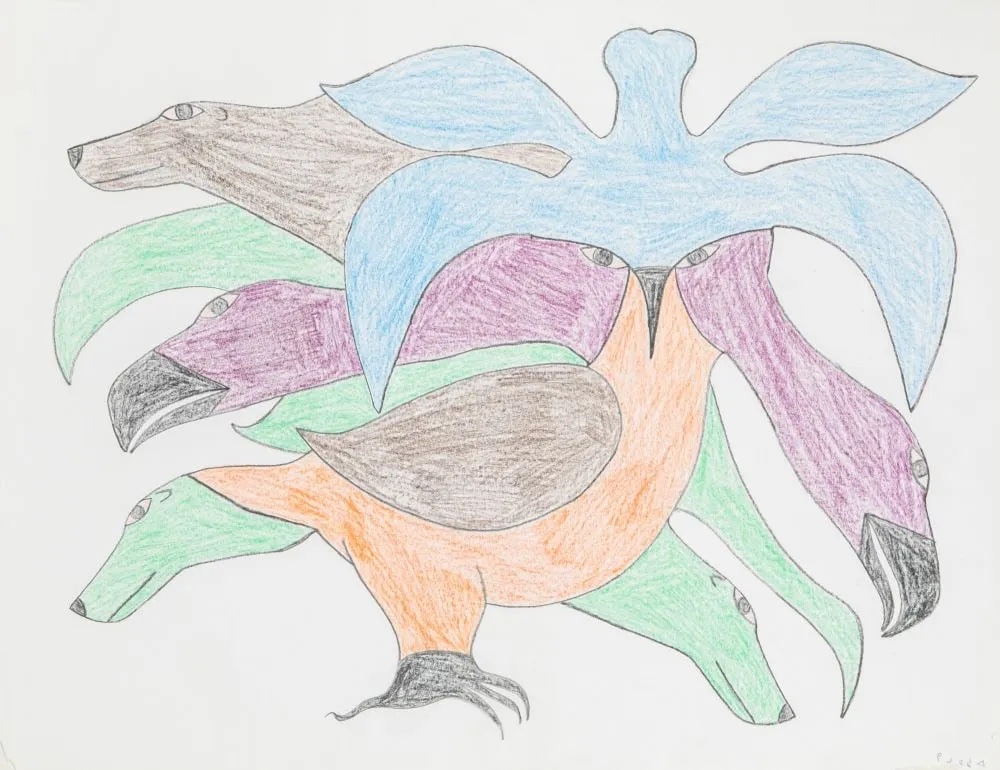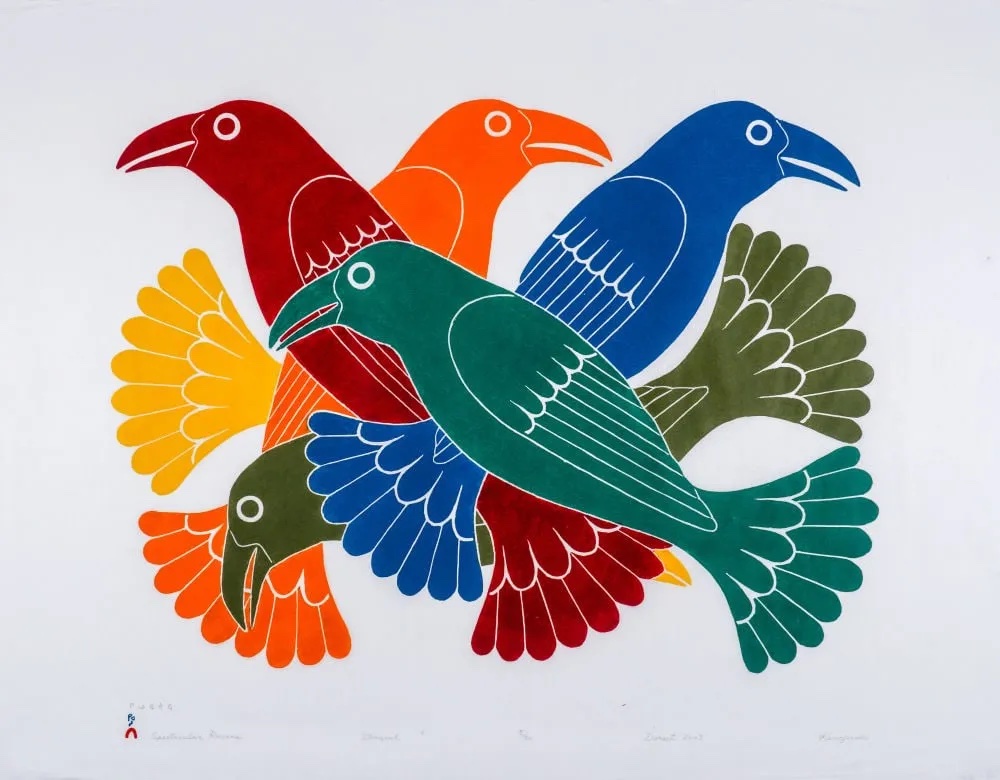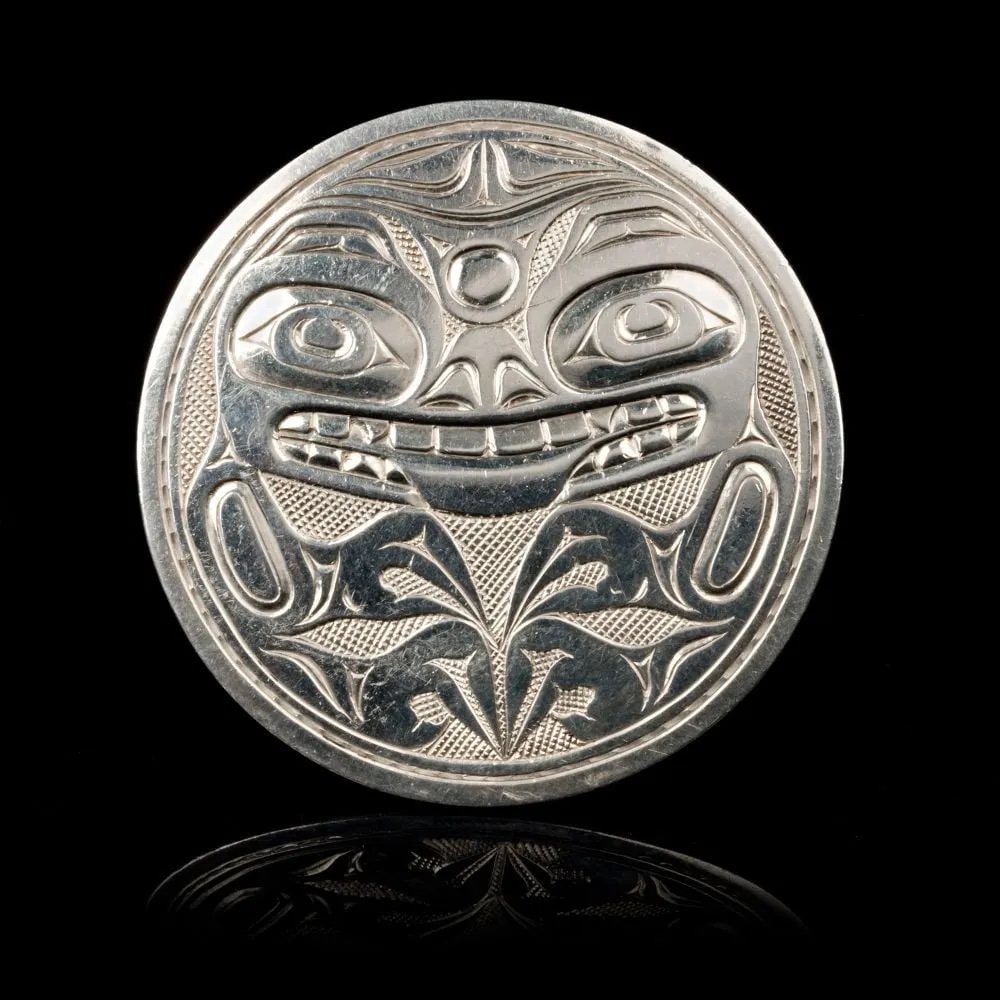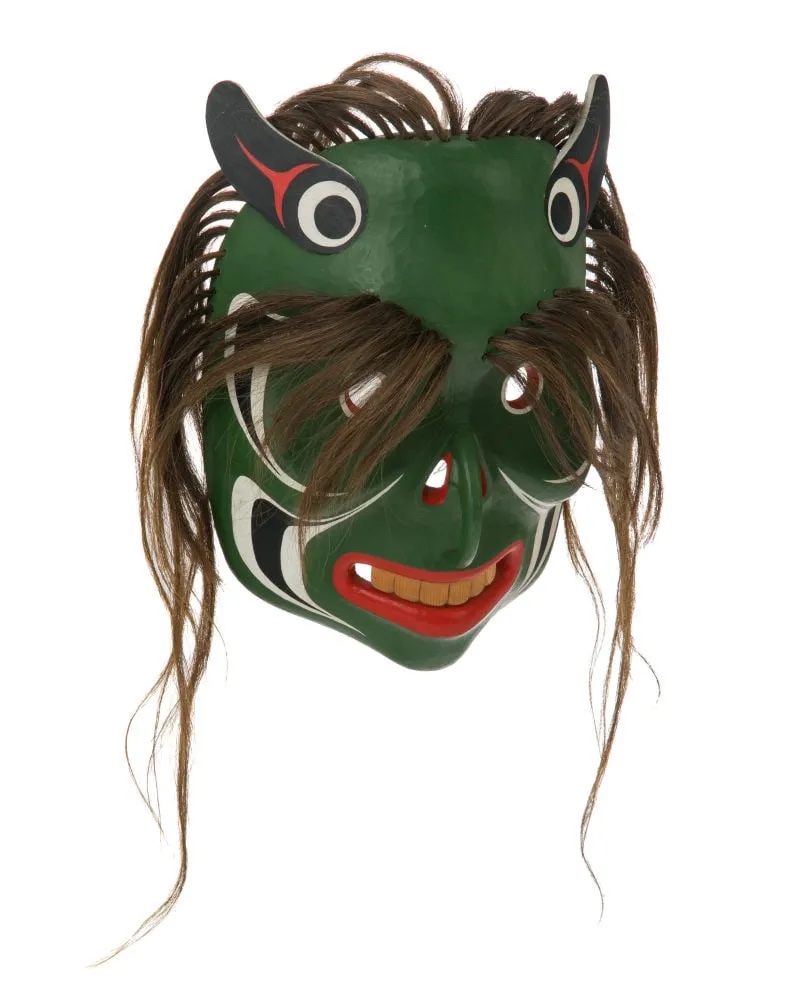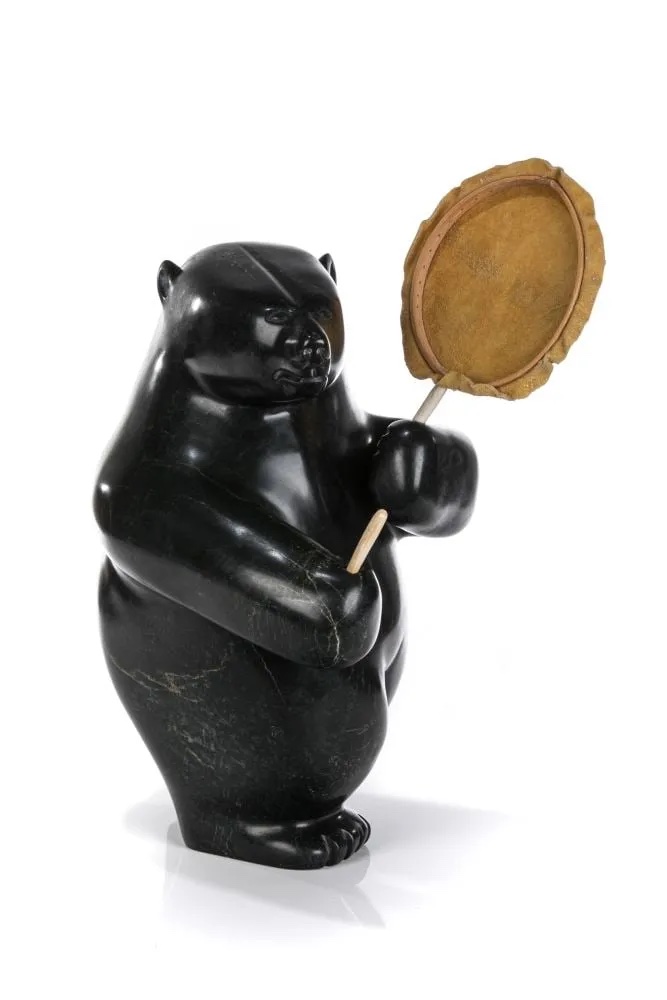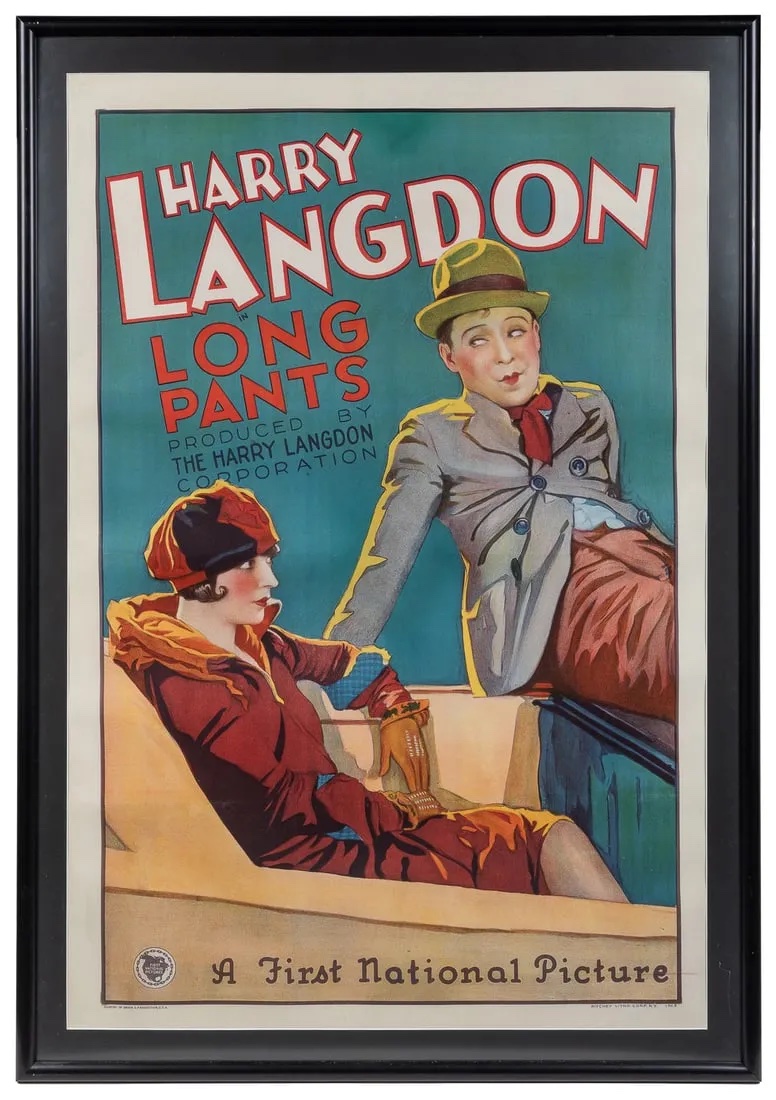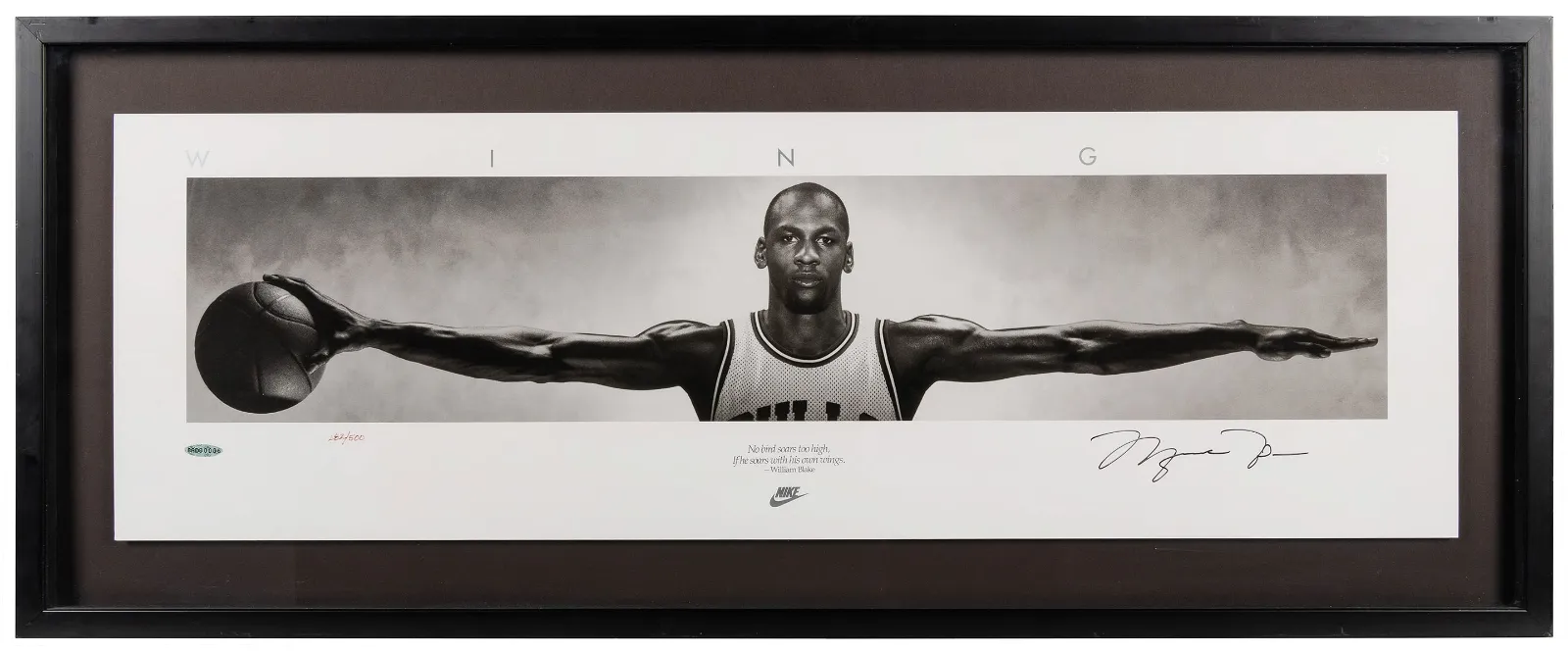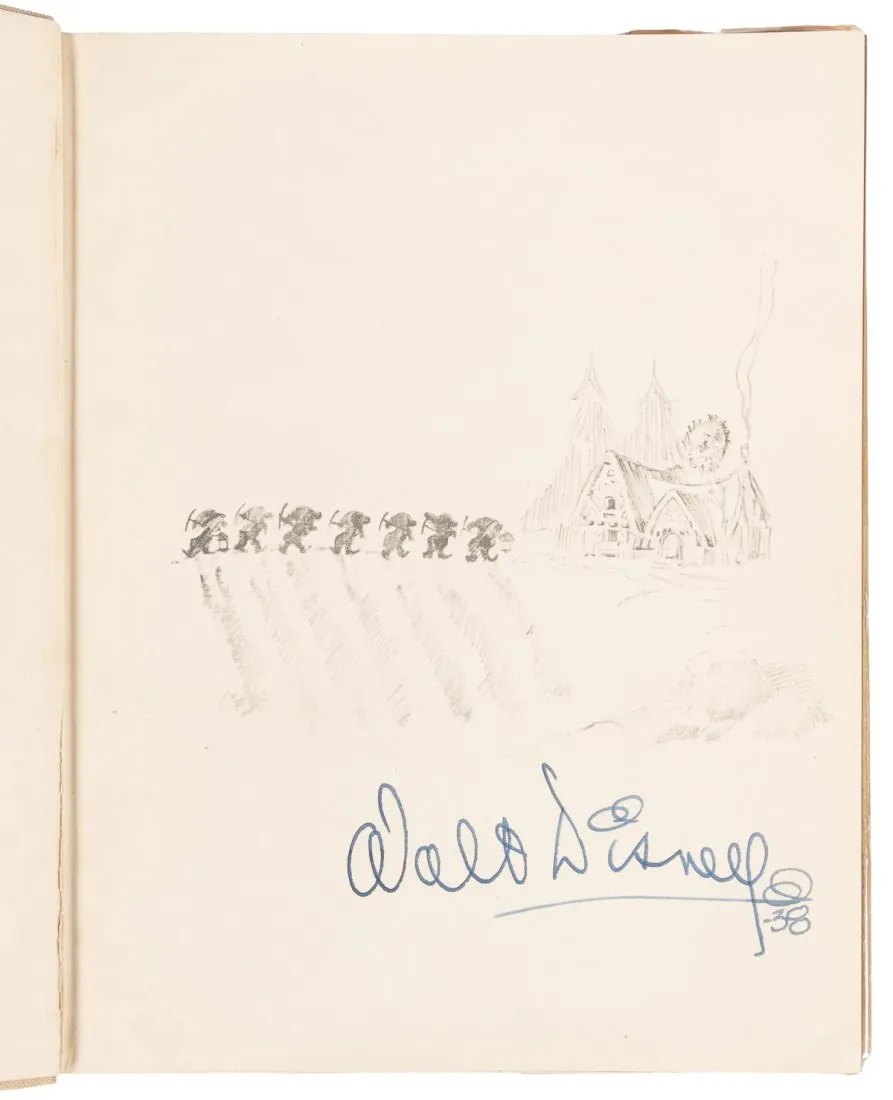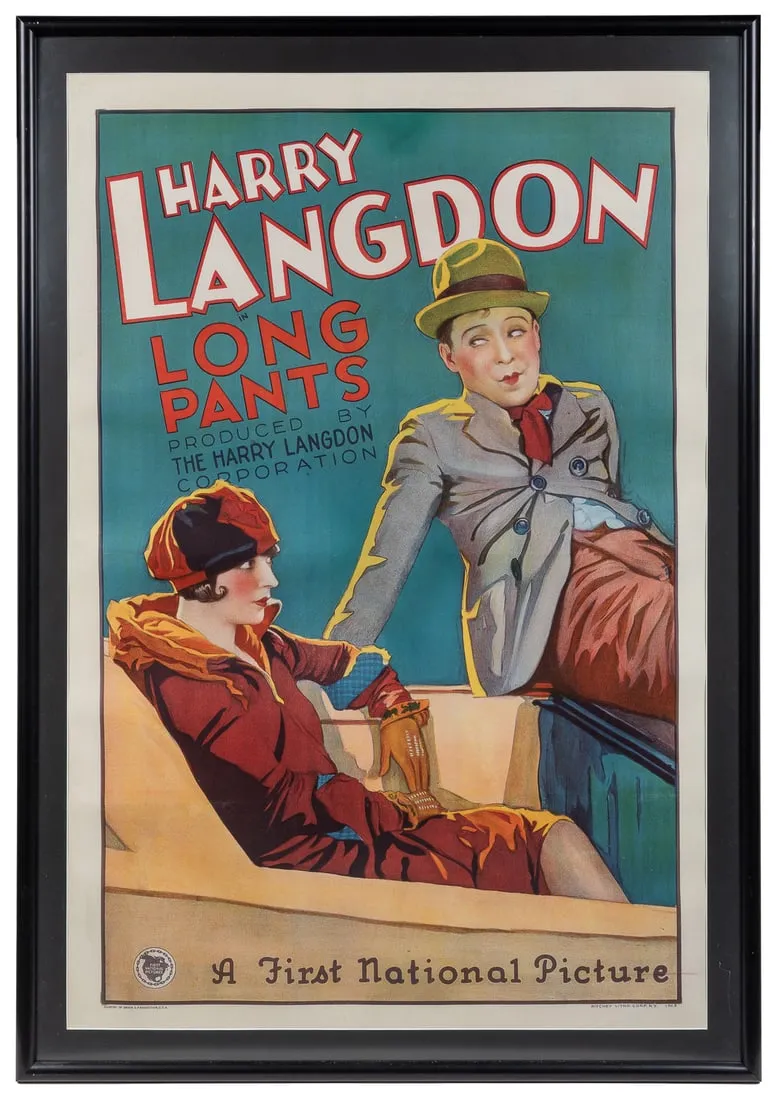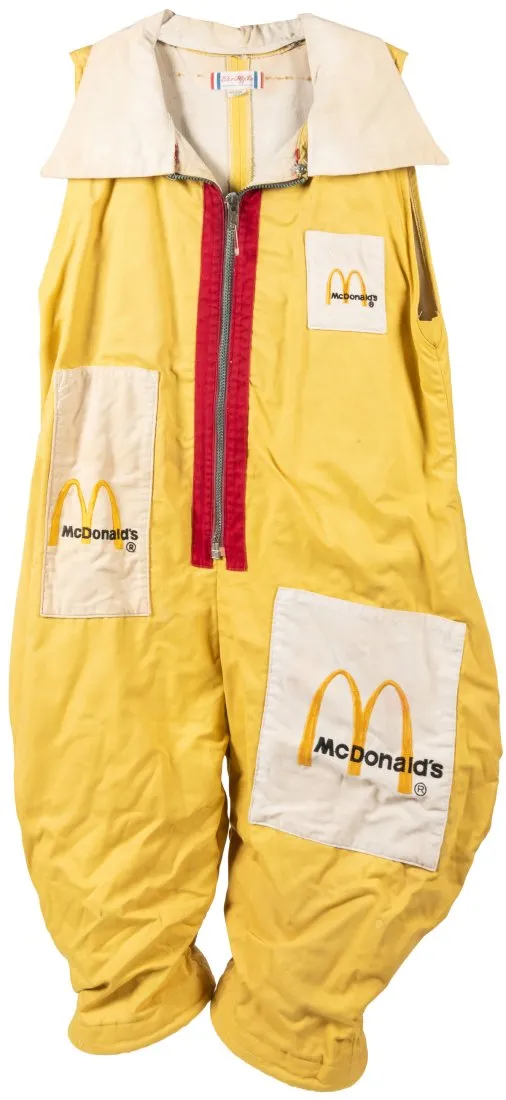HUDSON, N.Y. – For those who had not yet drunk their fill of the Ann and Gordon Getty collection, there was a chance to imbibe once last time on March 1. A day later than planned, Stair Galleries sold the final 340 lots under the poetic title A Confluence of 19th and 20th Century Design. Results can be seen at LiveAuctioneers.
Following a three-day auction in upstate New York in January, the primary focus of this last hurrah was the Aesthetic movement, Gothic Revival, and Arts and Crafts works that Ann Getty bought in the 1990s to furnish a Greco-Roman style estate in Berkeley Hills called Temple of Wings. Under her stewardship, the historic house held a microcosm of late 19th-century taste: lighting and glass from Tiffany Studios, pewter by Archibald Knox for Liberty & Co., and ceramics by William De Morgan.
This may have been the material that didn’t quite make the cut when Christie’s held its $19 million Temple of Wings sale back in June 2023, but there was plenty in the March 1 sale to whet the appetite, with estimates set in the distinctly affordable range. While many items included provenances to auctions and dealerships in London and New York, estimates started at $50 and peaked at $5,000.
Of course, bidding passed these modest numbers on many occasions. Sets of tiles by De Morgan were as popular at Stair as they had been in New York eight months ago. A lot comprising 35 6in square Sands End period tiles in the design known as Blue Bedford Daisy Cornflower hammered for $21,000 ($26,800 with buyer’s premium) against an estimate of $1,500-$3,000, while a lot of 58 New Persian No. 2 pattern Sands End tiles (40 of them complete) hammered for $19,000 ($24,320 with buyer’s premium) against $1,200-$1,800.
Equally certain to generate plenty of interest at estimates way below the norm were a series of wares from Tiffany Studios. A patinated bronze Nautilus lamp, for which bidding had already reached three times the $2,000-$3,000 estimate before sale day, took $18,000 ($23,040 with buyer’s premium), while $21,000 ($26,800 with buyer’s premium) was bid against the same estimate for a 10in favrile glass vase worked with an iridescent pulled peacock feather design. The peacock was one of Louis Comfort Tiffany’s favorite decorative motifs; he unveiled his first vases at the company’s Fourth Avenue showrooms in the early spring of 1897.
The sale included 18 works by the Glasgow School painter, etcher, and illustrator Annie French (1872-1965). In 1909, she succeeded Jessie M. King as tutor in ceramic decoration at the Applied Art Studios of Glasgow School, although following her marriage to etcher and stained-glass artist George Wooliscroft Rhead in 1914, she moved to London and then to the island of Jersey. At 10 by 16in (26 by 41cm), the 1920s ink and watercolor painting on vellum titled Dreaming was a relatively large work and an appealing fairy tale subject – a maiden seated upon a carpet of brightly colored flowers lit by the night sky. Estimated at $2,000-$3,000, it took $10,000 ($12,280 with buyer’s premium) from a LiveAuctioneers bidder.
Markedly outpacing its estimate was an Irish Arts and Crafts embroidered panel by Lily Yeats that hammered for $6,000 ($7,680 with buyer’s premium) against $700-$900. The sibling of William Butler and Jack Bulter Yeats, Susan Mary Yeats (1866-1949), known as Lily, trained under May Morris – she called her employer ‘the Gorgon’ – before running embroidery departments at the Dun Emer craft studio near Dublin and at Cuala Industries at nearby Churchtown, Ireland. This 10 by 14in (25 by 35cm) panel dated to circa 1900 had a label sewn to the reverse reading ‘Embroidery Picture by sister of poet Yeats, Wedding present from Mary Geoffrey Holt (cousin of Yeats)’. It had been bought at Christies in October 1998 for £1,495 (roughly $1,910).
Alexander Fisher (1864-1936) is best known as the key figure in the revival of enameling in Britain, but he, too, worked in textiles. He designed his Rose Tree hangings for the refurbishment of Fanhams Hall in Ware, Hertfordshire, England. Eight panels were worked by the Royal School of Art Needlework circa 1904 and remained at the house until its contents were auctioned in 1950. Included in the Getty sale was a large embroidered silk damask hanging to this design, measuring more than 10ft by 4ft 8in (3m by 1.2m 20cm). It was given a nominal estimate of just $250-$450 and sold at $5,500 ($7,040 with buyer’s premium). A similar panel sold for £24,000 (roughly $30,700) at Christie’s in 2006.
Estimated at $1,500-$3,000 but sold at $5,500 ($7,040 with buyer’s premium) was a pair of reformed Gothic brass and enamel vases to a design by Augustus Welby Northmore Pugin (1812-1852), architect of the Palace of Westminster and its renowned clock tower, the Elizabeth Tower. Although unmarked, they were made by John Hardman & Co., the Birmingham firm that enjoyed a close relationship with Pugin from the 1840s. Bought from London dealership H. Blairman & Sons in 1996, this is one of just a handful of pairs known, including one previously owned by Sir Stuart Knill, cousin of Pugin’s third wife Jane Knill.
The unexpected highpoint of the sale was provided by a Doulton & Co stoneware washroom sink with matching shelf and soap dishes. Probably dating to the first quarter of the 20th century, the various elements shared a geometric pattern and a mottled blue ground of the type more commonly seen on Lambeth vases and bowls. According to the catalog, Getty had bought it from dealer Miles Hoole and the Great Antiques Fair held at Earls Court, London in 1998. A total of 105 bidders were watching it on LiveAuctioneers as it passed its estimate of $600-$800 to make a punchy $26,000 ($33,280 with buyer’s premium).
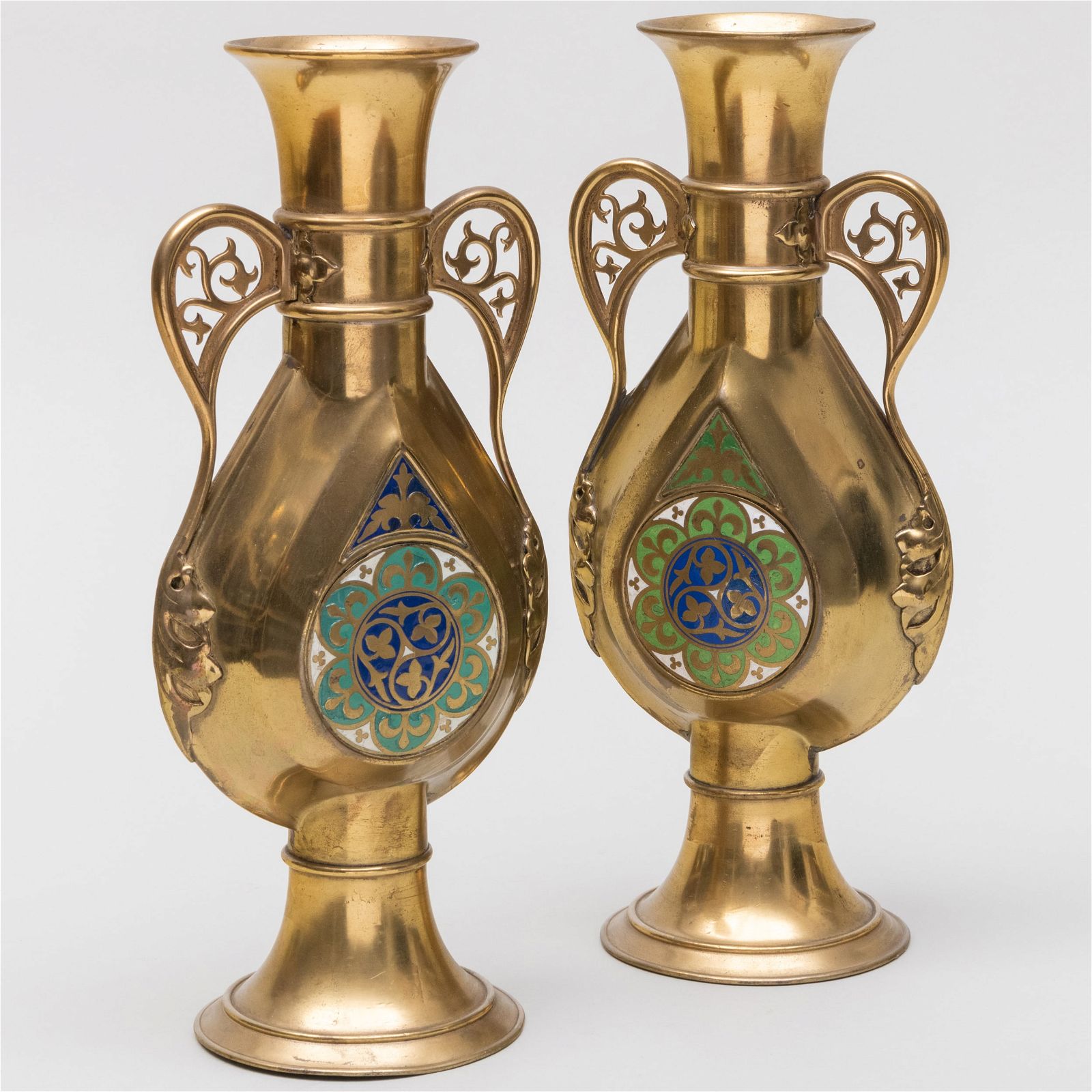
Pair of AWN Pugin for John Hardman & Co. enameled brass vases, which sold for $7,040 at Stair Galleries.
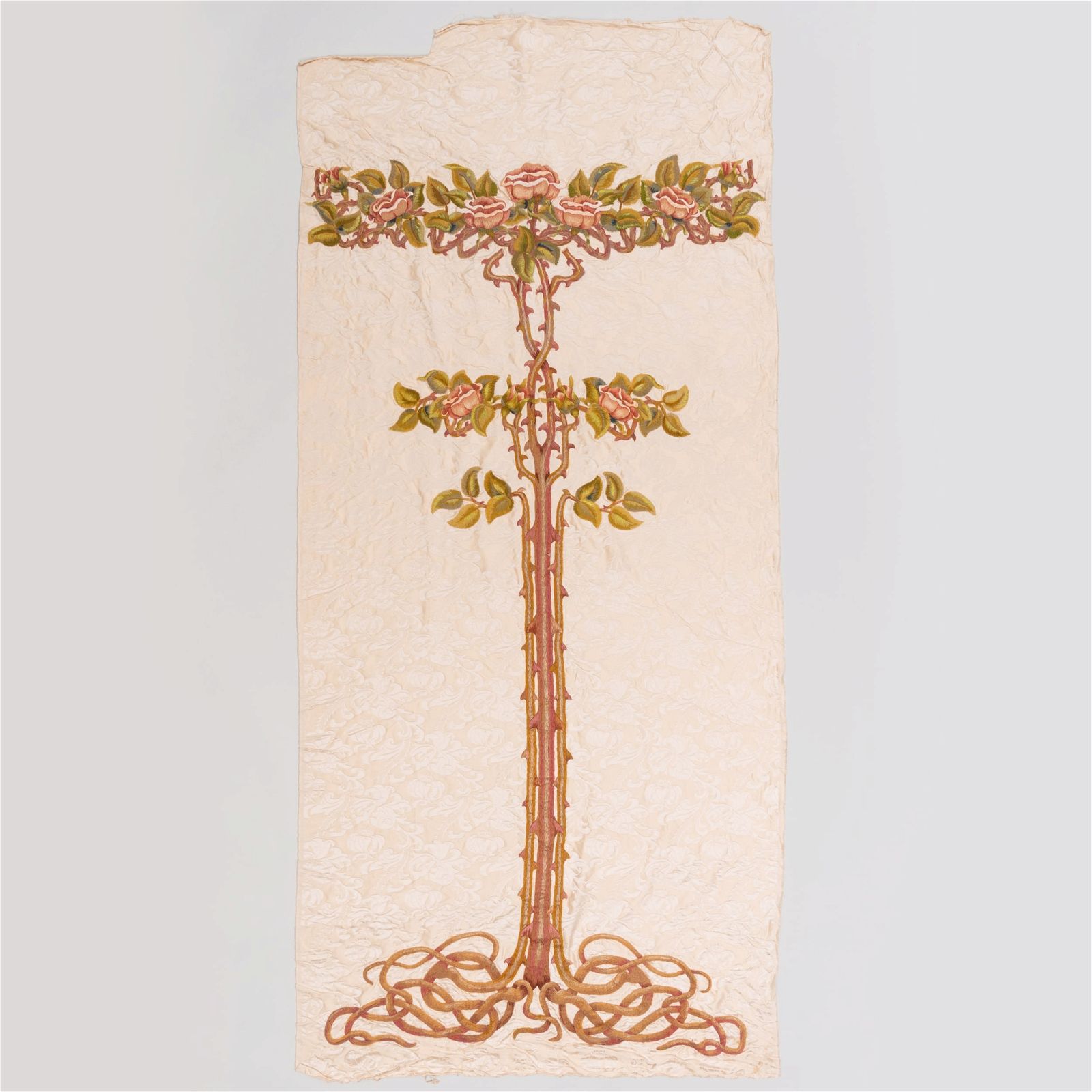
Silk damask and crewel work hanging designed by Alexander Fisher, which sold for $7,040 at Stair Galleries.
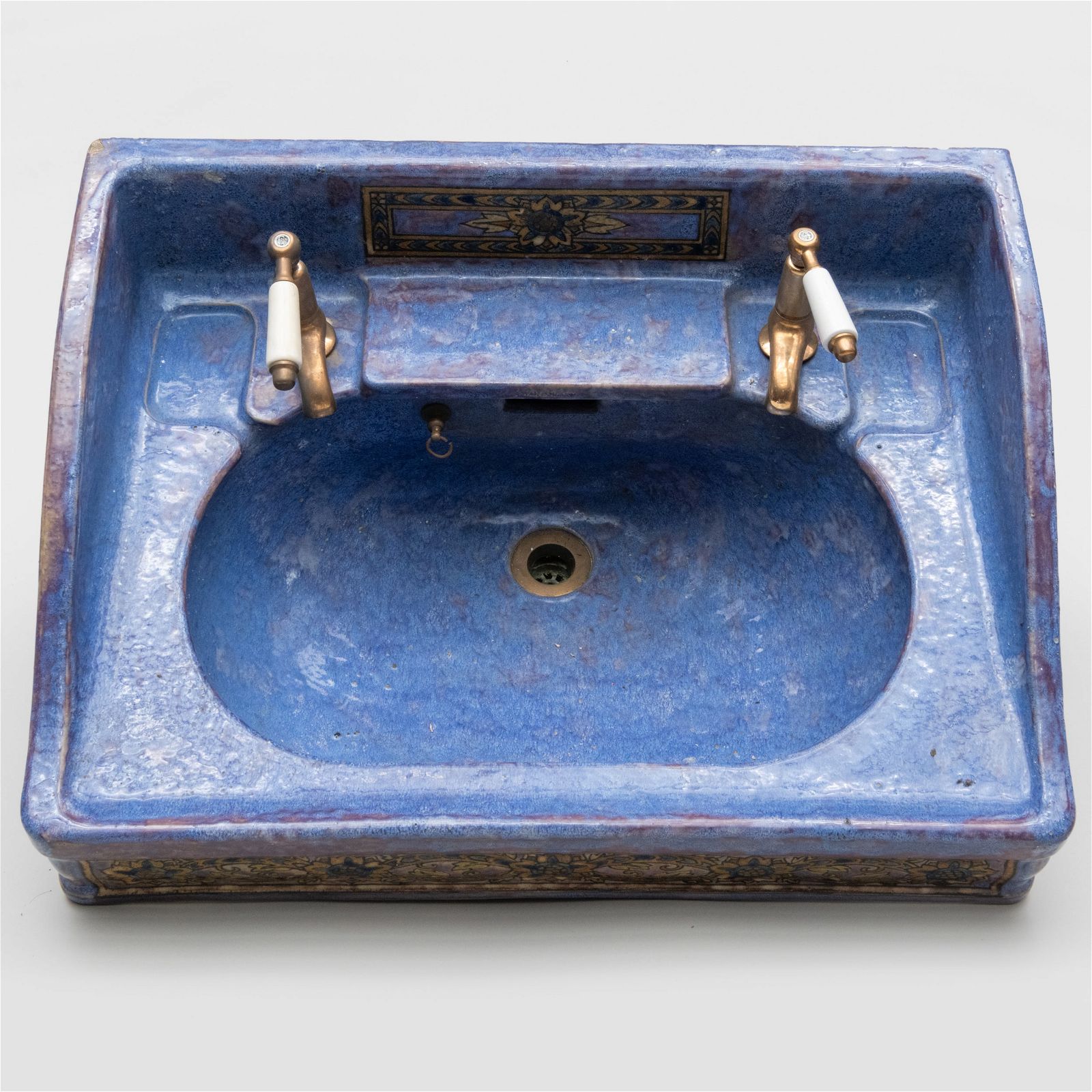
Doulton & Co stoneware sink, shelf, and soap dishes, which sold for $33,280 at Stair Galleries.
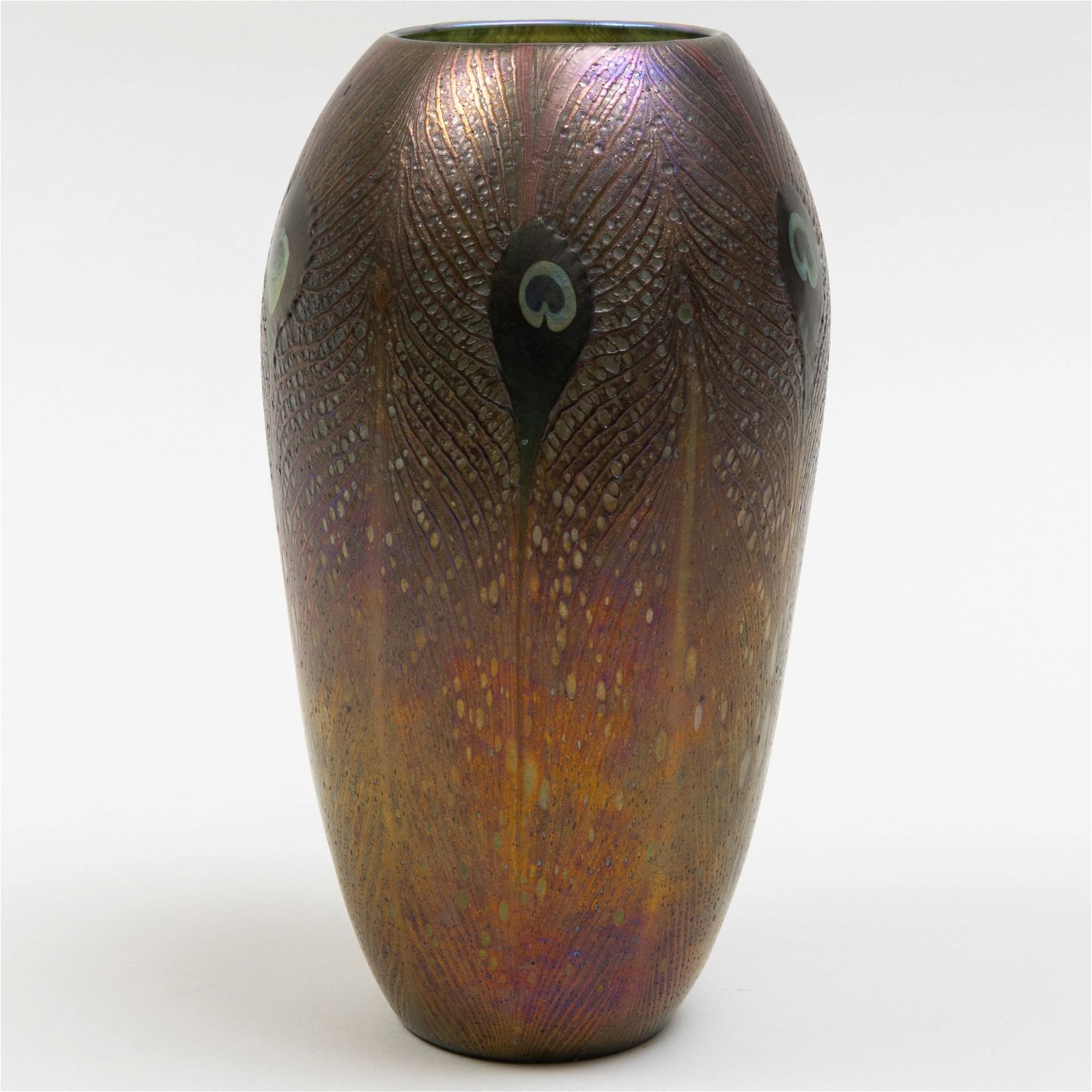
Tiffany favrile glass peacock feathers vase, which sold for $26,800 at Stair Galleries.
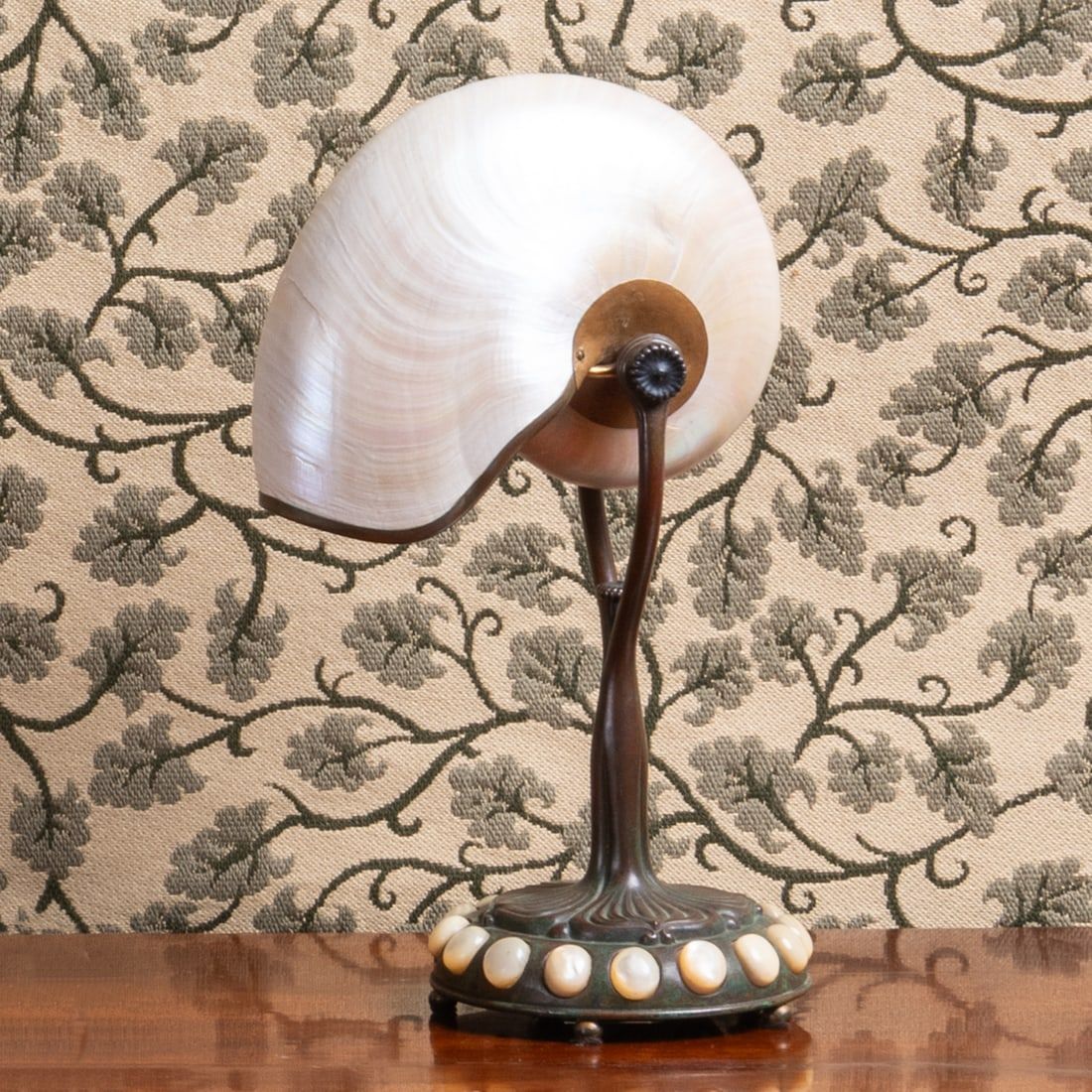
Tiffany bronze Nautilus shell desk lamp, which sold for $23,040 at Stair Galleries.
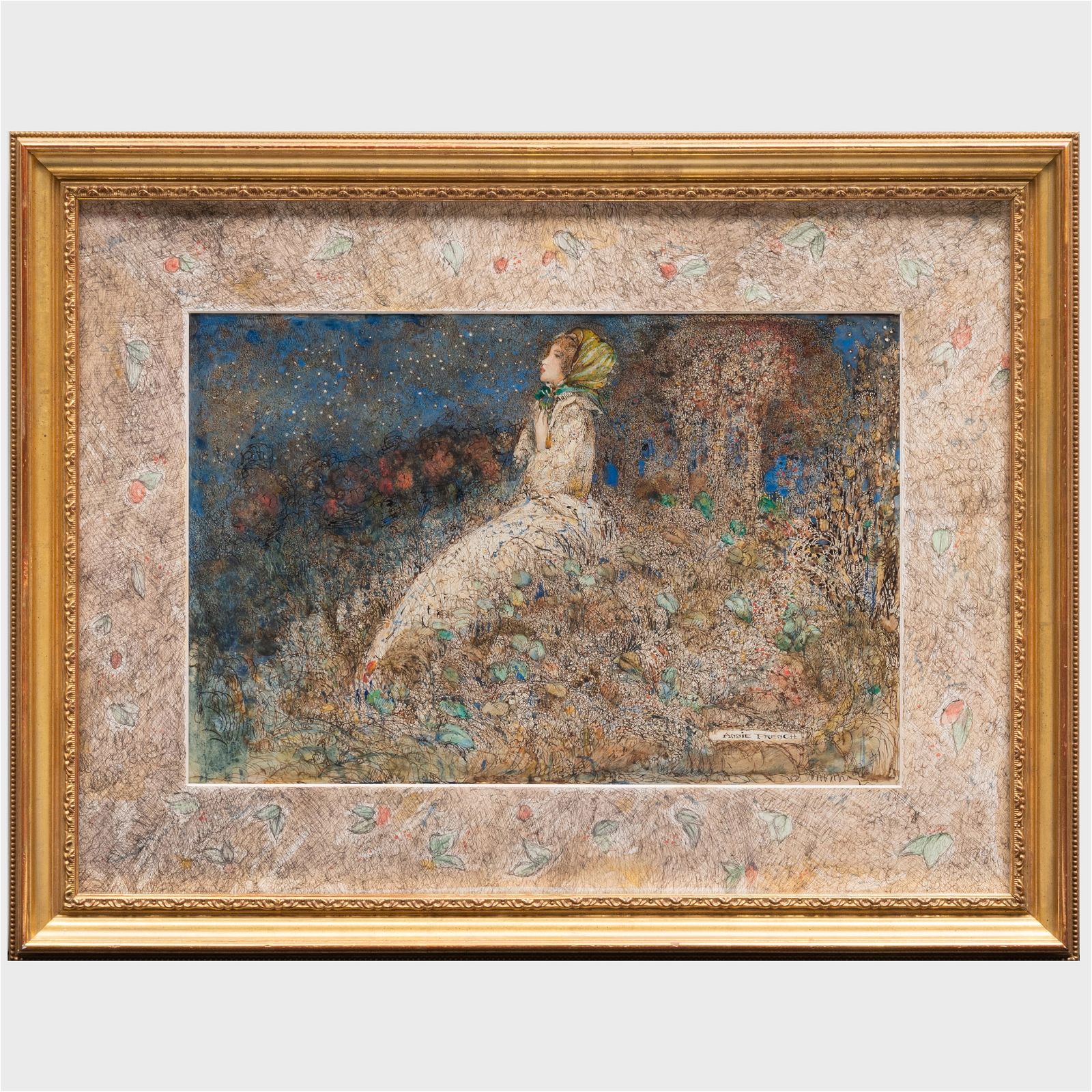
‘Dreaming,’ an ink and gouache illustration by Annie French, which sold for $12,280 at Stair Galleries.
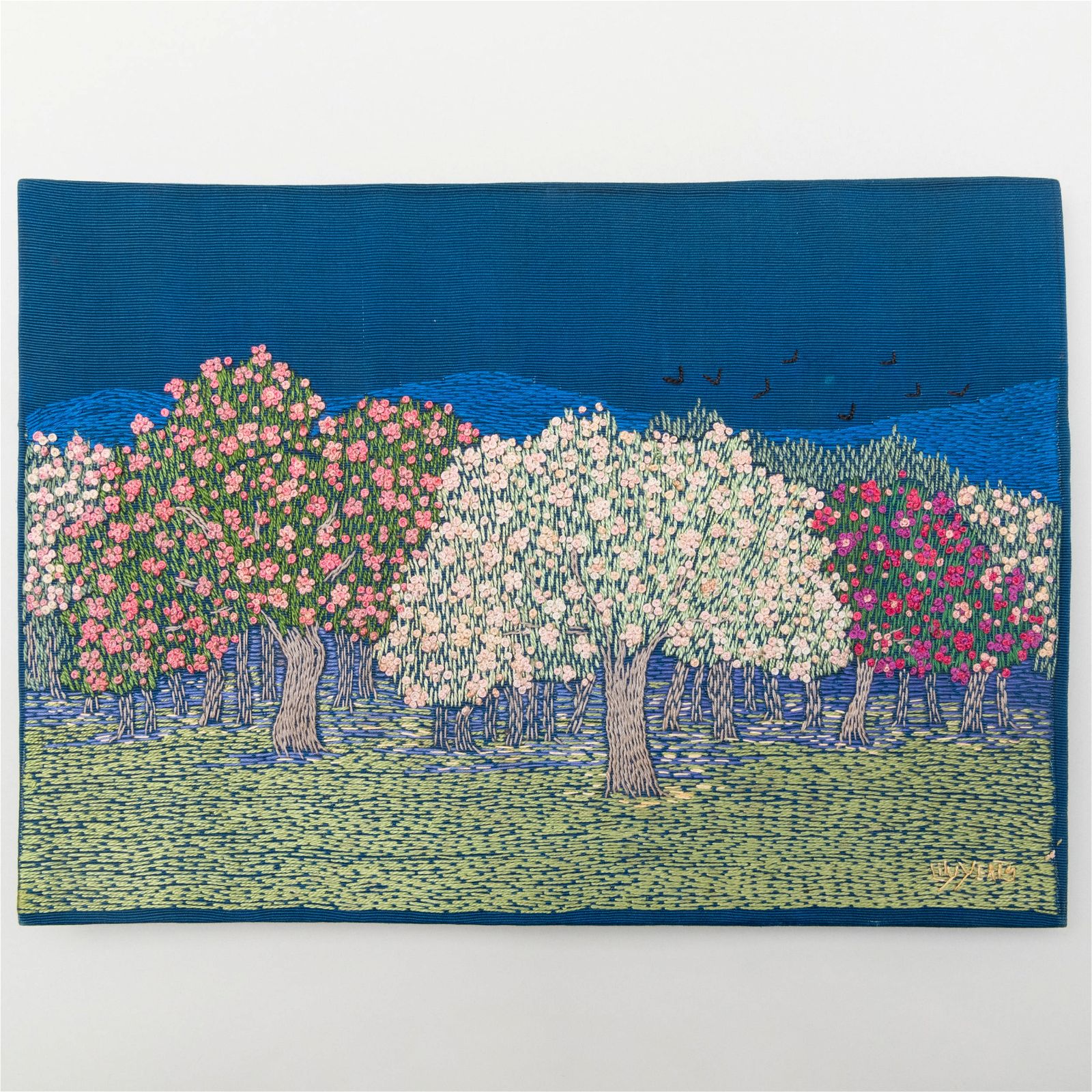
Circa-1900 Lily Yeats embroidered panel, which sold for $7,680 at Stair Galleries.


